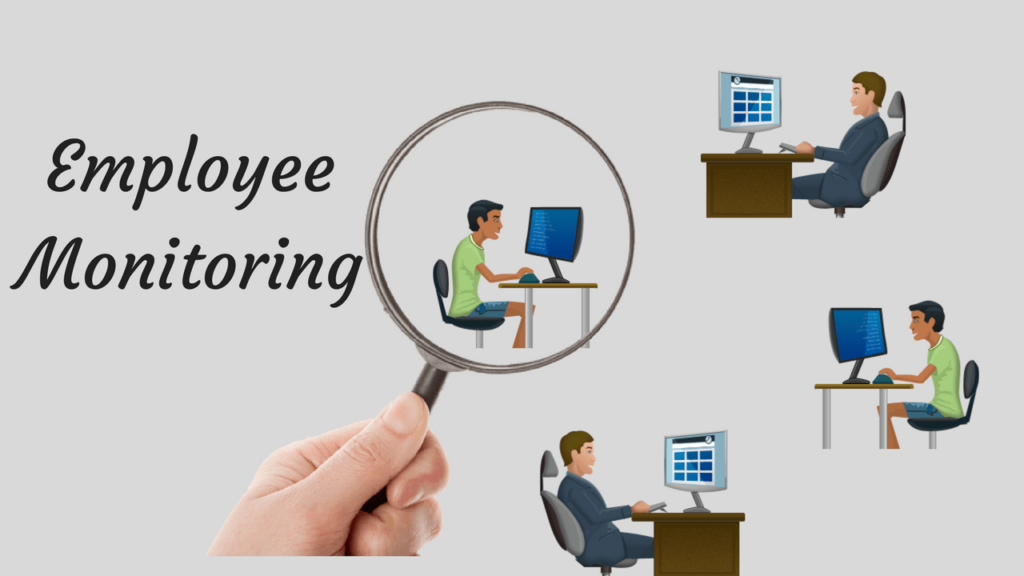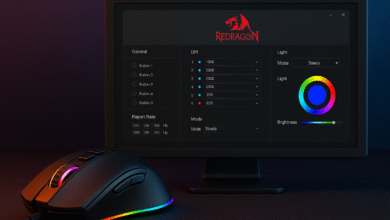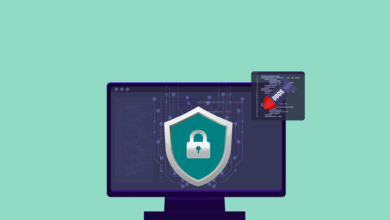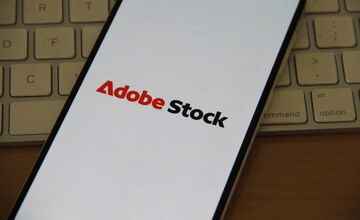Understanding the Power of Employee Monitoring Software in the Modern Workplace

In an era defined by hybrid and remote work, businesses must embrace smart technologies to remain efficient and competitive. One of the most transformative solutions today is software for monitoring employees. Designed to provide transparency, enhance productivity, and ensure compliance, this software is reshaping how organizations manage their teams and workflows.
What Is Employee Monitoring Software?
Employee Monitoring Software is a digital solution that tracks employee activity during work hours. It helps managers understand how time is spent, what applications are being used, and how productive teams are. Similar to DLP software in its focus on visibility and control, this tool offers real-time insights into workforce behavior—whether employees work on-site or remotely.
Why Is It Important?
The importance of this technology lies in its ability to:
- Improve productivity through performance tracking.
- Enhance security by detecting insider threats or unauthorized activities.
- Support compliance with labor and data protection regulations.
- Offer transparency that promotes accountability and trust.
Key Features of Employee Monitoring Tools That Drive Performance
Essential Features of an Effective Employee Monitoring Tool
To fully benefit from an Employee Monitoring tool, businesses should look for key functionalities such as those found in systems designed for data protection. Understanding how does a data loss prevention system work can also provide valuable context, as both technologies aim to secure and optimize digital workflows.
- Time Tracking: Automatically logs work hours, helping identify bottlenecks and streamline time management.
- Screen Monitoring: Offers snapshots or live views of user screens for visibility into real-time activity.
- Activity Logging: Monitors app usage, website visits, and keystrokes to assess how tasks are performed.
- Automated Reporting: Provides detailed reports and analytics to support data-driven decision-making.
These features not only improve managerial oversight but also help in optimizing team performance.
The Benefits of Employee Monitoring Software for Businesses and Teams
Enhancing Productivity and Operational Efficiency
Using Employee Monitoring Software yields numerous advantages:
- Increased Productivity: Managers can identify high performers and those needing support, leading to better overall output.
- Reduced Operational Costs: By eliminating inefficiencies, companies can make more cost-effective decisions.
- Better Remote Work Management: Teams working from different locations remain accountable and aligned with company goals.
- Improved Resource Allocation: Data-driven insights help allocate tasks based on availability and performance trends.
It’s not just beneficial for employers—employees also gain clarity on expectations and feedback that fosters personal development.
Ensuring Privacy and Compliance with Employee Monitoring Tools
Ethical Implementation and Legal Considerations
One major concern surrounding monitoring software is employee privacy. Ethical and legal use is paramount. Organizations must:
- Inform employees about the monitoring practices in advance.
- Limit data collection to work-related activities.
- Comply with regional data protection laws such as GDPR, HIPAA, or CCPA.
Transparent communication and clear policies ensure that Employee Monitoring tools are used responsibly and legally.
Real-World Applications: Use Cases of Employee Monitoring Software
How Industries Benefit from Employee Monitoring
Various sectors have successfully integrated monitoring solutions:
- IT and Tech Companies use it to monitor remote developers and track project progress.
- Customer Support Centers analyze agent performance and optimize scheduling.
- Finance and Legal Firms ensure compliance and maintain data security.
- Marketing Teams track time spent on client campaigns to improve billing accuracy.
The flexibility of these tools allows them to adapt across industries and organizational structures.
Choosing the Right Employee Monitoring Software for Your Business
Key Considerations Before Implementation
When selecting a solution, businesses should evaluate:
- Scalability: Can the software grow with your organization?
- Integrations: Does it work with existing tools like project management or communication platforms?
- Ease of Use: Is the interface intuitive for both managers and employees?
- Support and Security: Does it offer data encryption and reliable customer service?
Selecting the right Employee Monitoring Software ensures long-term success and smooth adoption.
Best Practices for Implementing Employee Monitoring Software
From Planning to Rollout: A Strategic Approach
To implement effectively:
- Define clear objectives—Why is the software being introduced?
- Communicate transparently—Explain what will be monitored and why.
- Offer training—Ensure all users understand how to use the tool.
- Review regularly—Evaluate performance metrics and adjust as needed.
Following these steps helps create a culture of trust and accountability.
The Future of Employee Monitoring: Trends to Watch
How Employee Monitoring Software Is Evolving
Modern trends include:
- AI Integration: Intelligent analytics and predictive performance insights.
- Behavioral Analysis: Understanding work habits for personalized coaching.
- Cloud-Based Solutions: Easier deployment and cross-platform accessibility.
- Focus on Well-being: Balancing productivity with employee mental health.
As work models evolve, so does Employee Monitoring Software, continuously adapting to meet new demands.
Conclusion: Building Smarter Workplaces with Employee Monitoring Tools
In today’s digital workplace, Employee Monitoring Software is not just a managerial tool—it’s a strategic asset. When used ethically and effectively, it fosters a culture of transparency, drives performance, and supports business growth. By understanding its features, benefits, and best practices, organizations can choose the right Employee Monitoring tool and implement it for long-term success.



